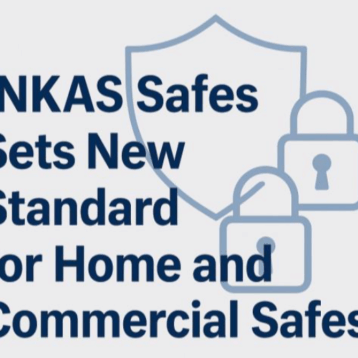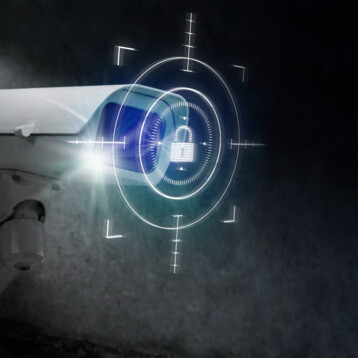|
In 1960, after an all-out race between scientists, Theodore Maiman developed and tested the first laser device at the Hughes Research Laboratories in Malibu, California. Even at its earliest stages, the first laser, which was based on a synthetic ruby crystal,, was regarded as a device with potential military applications. In 1959, Gordon Gould, one of the early pioneers of laser research, together with the Long Island Company TRG, pitched the first $300,000 research proposal to ARPA (predecessor of today’s Defense Advanced Research Projects Agency or DARPA). Although Gould and TRG eventually received a budget of 1 million U.S. dollars (a fortune in those days), the research project did not produce many practical weapon systems. Nonetheless, over the next 5 decades the U.S. government spent millions of dollars on laser technology, with investments reaching an all-time high during the early 1980’s with the peak of the Cold War and Reagan’s 1983 “Star-Wars” initiative (SDI).
Lasers come in all shapes and sizes, ranging from a few millimeters (such as those inside the average CD/DVD player) to a full football stadium’s-size, such as the world’s largest laser in the National Ignition Facility (NIF) at the Lawrence Livermore National Laboratory in California. Until recently, military lasers were big, extremely big. Actually, powerful military lasers such as Boeing’s Airborne Laser (ABL), were developed in order to destroy ballistic missiles in flight from a distance of hundreds of miles, and therefore, require a fully modified Boeing 747-400F to house the laser, its electronics and more importantly, the gallons of dangerous chemicals used to fire the weapon.
|
However, in recent years, there is a growing hope that smaller, lighter, and safer lasers will be able to perform at least some of the tasks currently carried out by these large military chemical lasers. The new lasers are solid state and use glass or crystalline material (with some additives) to create the laser beam. For many years, lasers of this type were considered too weak to be used for many military tasks, but Boeing’s recent successful experiment has proved that solid state laser-based weapons are finally suitable for military service.
The modified Avenger system works by aiming a laser beam at a roadside bomb or unexploded ammunition “and then increasing the power until the explosive fizzles out in a low yield detonation,” said Gary Fitzmire, Boeing’s Vice President who is in charge of the Laser Avenger Program.
In the current test, the system was only able to destroy stationery ground targets using its 1kw laser. Boeing is considering the development of an upgraded weapons’ system that will have a shoot-on-the-move capability and the ability to destroy other kinds of targets, including low-flying unmanned aerial vehicles.
In late 2006, TFOT covered another step forward in the development of the ABL (airborne laser), in the framework of a project that suffered from many setbacks since it was initiated by the U.S. Air Force in 1996.












